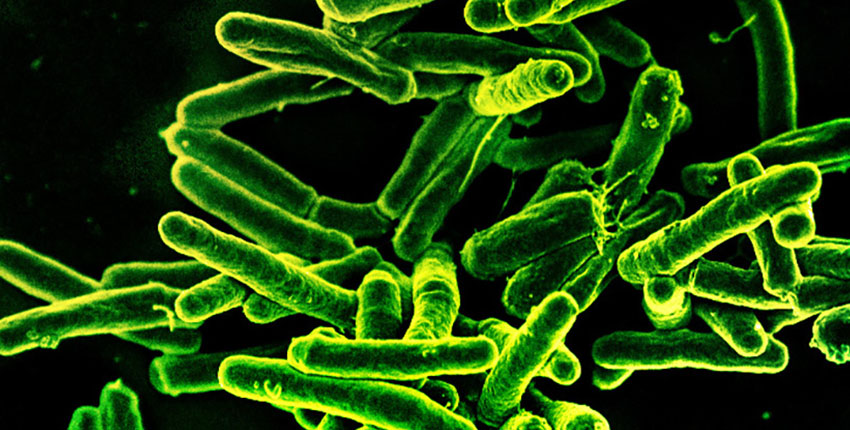
At a glance:
- Highly localized TB strains are less infectious in cosmopolitan cities and more likely to infect people from the geographic area that is the strain’s natural habitat.
- The findings offer new clues for tailoring preventive treatments after exposure to TB based on strain-host affinity.
- The research provides the first controlled evidence that TB strains may evolve with their human hosts, adapting to be more infectious to specific populations.
For some forms of tuberculosis, the chances that an exposed person will get infected depend on whether the individual and the bacteria share a hometown, according to a new study comparing how different strains move through mixed populations in cosmopolitan cities.
Results of the research, led by Harvard Medical School scientists and published Aug. 1 in Nature Microbiology, provide the first hard evidence of long-standing observations that have led scientists to suspect that pathogen, place, and human host collide in a distinctive interplay that influences infection risk and fuels differences in susceptibility to infection.
The study strengthens the case for a long-standing hypothesis in the field that specific bacteria and their human hosts likely coevolved over hundreds or thousands of years, the researchers said.
The findings may also help inform new prevention and treatment approaches for tuberculosis, a wily pathogen that, each year, sickens more than 10 million people and causes more than a million deaths worldwide, according to the World Health Organization.
In the current analysis, believed to be the first controlled comparison of TB strains’ infectivity in populations of mixed geographic origins, the researchers custom built a study cohort by combining case files from patients with TB in New York City, Amsterdam, and Hamburg. Doing so gave them enough data to power their models.
The analysis showed that close household contacts of people diagnosed with a strain of TB from a geographically restricted lineage had a 14 percent lower rate of infection and a 45 percent lower rate of developing active TB disease compared with those exposed to a strain belonging to a widespread lineage.
The study also showed that strains with narrow geographic ranges are much more likely to infect people with roots in the bacteria’s native geographic region than people from outside the region.
The researchers found that the odds of infection dropped by 38 percent when a contact is exposed to a restricted pathogen from a geographic region that doesn’t match the person’s background, compared with when a person is exposed to a geographically restricted microbe from a region that does match their home country. This was true for people who had lived in the region themselves and for people whose two parents could each trace their heritage to the region.
This pathogen-host affinity points to a shared evolution between humans and microbes with certain biological features rendering both more compatible and fueling the risk for infection, the researchers said.
“The size of the effect is surprisingly large,” said Maha Farhat, the Gilbert S. Omenn, MD ’65, PhD Associate Professor of Biomedical Informatics in the Blavatnik Institute at HMS. “That’s a good indicator that the impact on public health is substantial.”